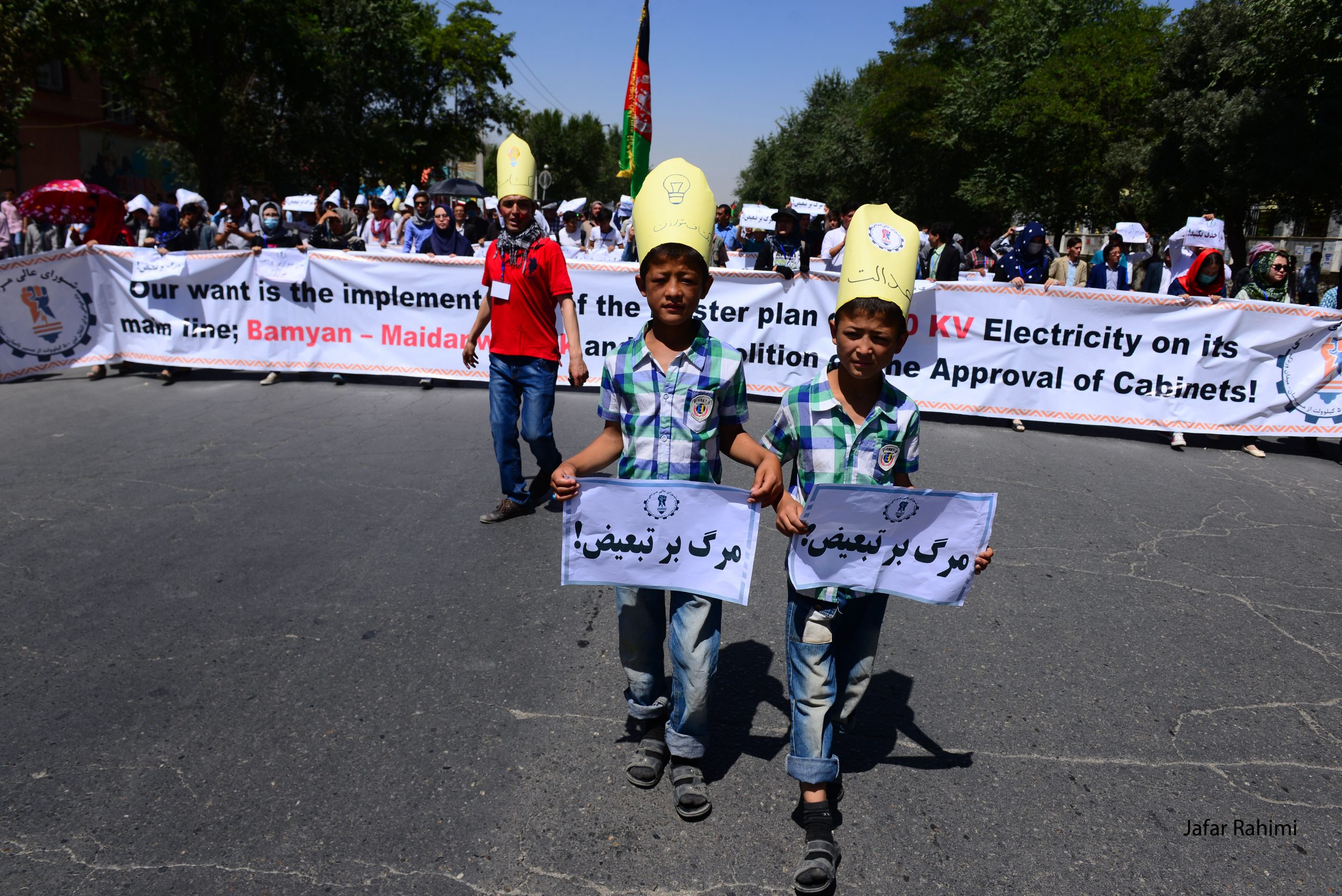
Writer:Arif Wafayee
Translator:M-Rezaie
Hazaras are one of the ethnic groups who have been systematically killed, tortured, have been forced to move from one place to another, have been harassed, and to sum it up they have faced “genocide.” Although they have faced brutal genocides, it has been less considered by the international community and international organizations. Most of such cases have remained unrecorded and they have been forgotten ultimately. After the UN was established in 1954, it started its humanitarian missions around the world. Afghanistan joined the UN family in 1946, one year after it was established, and then some UN agencies started working in Afghanistan.
UNAMA conducts regular research on war and its consequences on civilians; especially the consequences of the combatant sides on civilians. These researches are conducted using a specific methodology to investigate conflicts and share the results with the UN, media, and people. Investigations and preparing reports are conducted for 6 months and annually by UNAMA. Highlighting sectarian attacks in which a specific religious and ethnic group is targeted by the terrorist groups constituted one of the crucial parts of the reports of UNSMA. Although UNSMA assumed preparing Human rights reports in 1990, none of its reports has specifically addressed Hazara genocide. UNSMA reports do not provide much on Hazaras genocide during the first period of Taliban rule in the country. Only in a report on October 2, 1998, the UN General Secretary said based on some investigations conducted by independent sources including Amnesty International, about 2000 people have been massacred on August 8, 1998, in Mazar-e- Sharif by the Taliban.
After September 11 attacks on the US twin towers in 2001, the UN resumed its mission under UNAMA, it recorded the Human rights situation in detail. However, it did not publish many reports on the Hazaras genocide and it only started recording violence against Hazaras when sectarian violence increased in the country. UNAMA has recorded 5 attacks on Shiite Muslims in Afghanistan. In an attack on Shiite Muslims on 6 December 2011, about 56 were killed and 195 were injured in Kabul. Lashkar-e-Jhangvi in Pakistan accepted the responsibility. UNAMA documented 56 civilian casualties targeting places of worship and culture. (42 deaths and 14 injured) in 2015.
According to UNAMA annual report (2017), the number of attacks against mosques, places of worship of Hazaras increased by the Taliban in 2016. UNAMA documented 4 attacks against mosques, places of worship of Shiites which caused 373 civilian casualties (242 deaths and 495 injured) which ISK mainly claimed the responsibility. For example, on 11 October 2016, a suicide attacker armed with an AK-47 and hand grenades entered the Karte Sakhi Shi’a shrine and mosque in Kabul city during Ashura commemorations. The attacker threw a grenade and opened fire against women, children, and men inside the mosque, killing 19 civilians and injuring a further 60 before being killed by police. ISKP claimed responsibility. Another terrorist attack that gained global attention was the terrorist attack on the Enlighten Movement on Dehmazang Square of Kabul on 24 July 2016. According to UNAMA the terrorists attacked a specific religious and ethnic group, literally Hazaras, deliberately which is a clear sign of International Human Rights violation and is considered war crime and crime against humanity. This attack caused 498 casualties (85 deaths and 413 injured). There were 1 woman, 4 children among the deaths, and 62 women and 8 children among the injured.
According to UNAMA annual report (2017), there were 8 attacks carried out against Hazars which Mirza Wulang massacre was the most catastrophic one. This attack caused 38 casualties (36 deaths and 2 injured). There were 7 popular uprising members, 1 local police and 1 national army soldier among them, but none of them have been armed. They were arrested while running away from the area and then were shot dead by the Taliban. All other 27 people were civilians including 1 woman, 4 boys between 13-17, and 13 men aged 60 or more. Zabiullah Mujahid the spokesperson of the Taliban said the Taliban had carried out the attack. However, some days later, ISK announced on 14 August, the group had carried out the attack on Shiites killing 54 in Mirza Wulang village.
According to UNAMA annual report (2018), there were 19 sectarian attacks carried out against Hazars Shiites in Afghanistan. These attack caused 747 civilian casualties (223 deaths and 524 injured). ISK accepted responsivity for 7 attacks against Hazara Shiite Muslims. Most of these attacks were carried out in civilian-density areas.
On 5 September 2018, two explosions took place (One suicide explosion and a suicide car bomb detonated against a vehicle) targeted the wrestlers and fans at the Maiwand Stadium located in Qala Nazir , where most of its residents are Shia Hazaras, of Kabul. These attacks caused 121 civilian casualties (29 killed 92 were injured). ISK accepted the responsivity. Two similar attacks on August 2018, caused 234 civilian casualties (73 people were killed and 161 were injured). According to UNAMA annual report (2018), the Taliban attacked Jaghori and Malistan districts of Ghazni province in November and October 2018. These attacks caused 26 civilian casualties (20 were killed and 6 were injured) in Jaghori district and 4 were killed and 7 were injured in Malistan district.
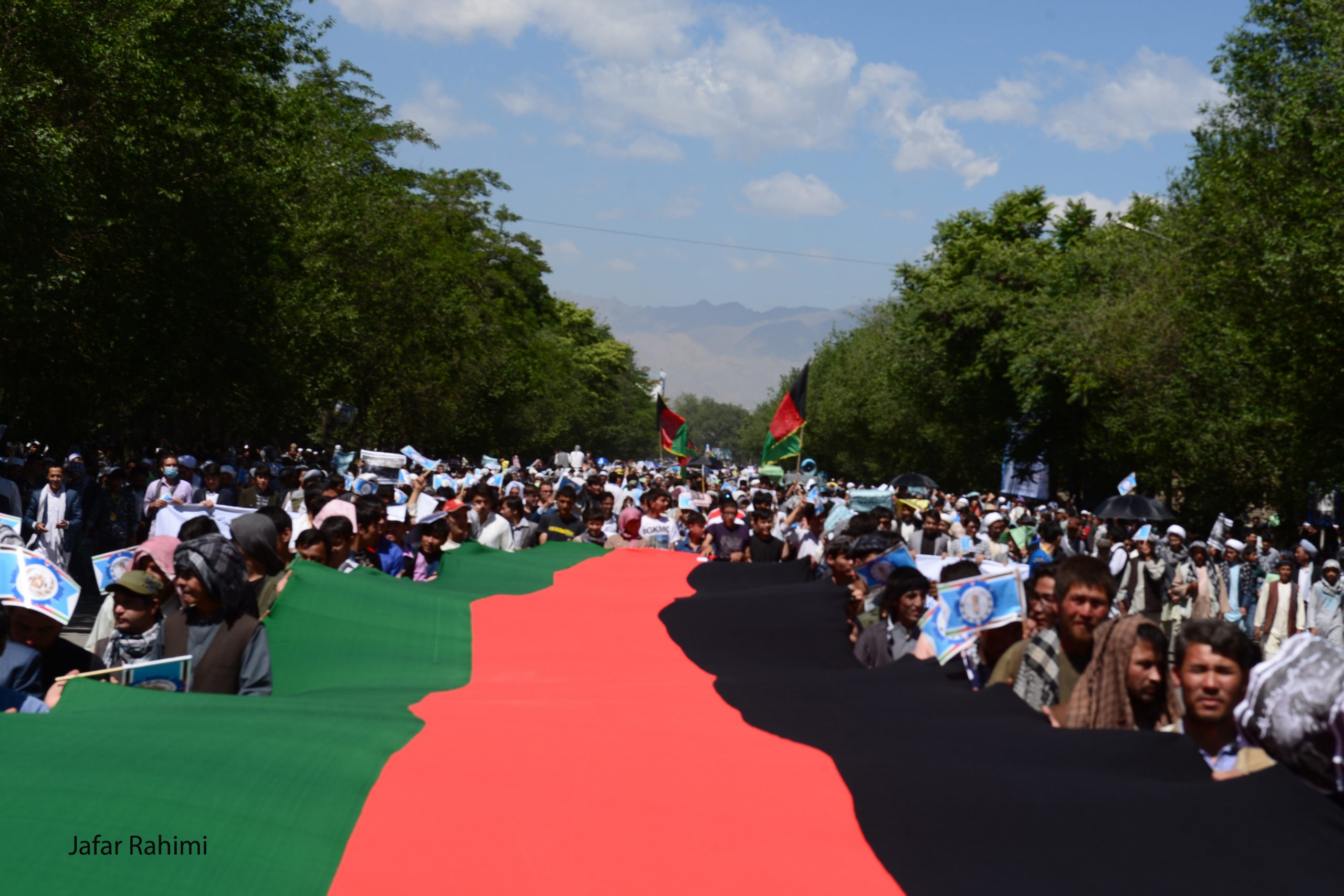 According to UNAMA annual report (2019), there were 10 sectarian attacks carried out against Hazars Shiites in Afghanistan. These attacks caused 485 civilian casualties (117 deaths and 368 injured). ISK accepted responsivity for 7 attacks against Hazara Shiite Muslims. For example, an attack on 17 August 2019, on a wedding ceremony in the west of Kabul caused 234 civilian casualties (91 were killed and 143 were injured) including 50 children (15 deaths and 35 injured). Also, in another attack on 7 March 2019, that targeted a ceremony commemorating the martyrdom anniversary of Abdul Ali Mazari, the National Unity Hero of Afghanistan in Kabul, 11 people were killed and 115 were injured). ISK accepted the responsivity.
According to UNAMA annual report (2019), there were 10 sectarian attacks carried out against Hazars Shiites in Afghanistan. These attacks caused 485 civilian casualties (117 deaths and 368 injured). ISK accepted responsivity for 7 attacks against Hazara Shiite Muslims. For example, an attack on 17 August 2019, on a wedding ceremony in the west of Kabul caused 234 civilian casualties (91 were killed and 143 were injured) including 50 children (15 deaths and 35 injured). Also, in another attack on 7 March 2019, that targeted a ceremony commemorating the martyrdom anniversary of Abdul Ali Mazari, the National Unity Hero of Afghanistan in Kabul, 11 people were killed and 115 were injured). ISK accepted the responsivity.
According to UNAMA annual report (2020), there were 10 sectarian attacks carried out against Hazars Shiites in Afghanistan. These attacks caused 308 civilian casualties (112 deaths and 196 injured). For example, Abdul Ali Mazari’s death anniversary came under attack on 6 March 2020. The attack caused 112 civilian casualties (33 deaths and 79 injured). In addition to this, on 12 May 2020, armed men attacked MSF’s maternity wing in Dasht-e Barchi hospital in Kabul, Afghanistan. The insurgents first shot killed the security guard at the gate of the hospital and then they directly went to the maternity ward and systematically killed women and children checking one room after another. There have been 28 pregnant women in the maternity ward. The insurgents shot killed the patients and through grenades on them. The attack caused civilian 47casualties (19 women and children deaths and 23 injured including 12 women and 2 children.) One women health worker was killed too. Afghan National Police for emergency rescued 90 people and prevented further casualties. According to MSF, there have been 15 women killed and 5 of them have been pregnant women during childbirth. On the same day, the Taliban rejected the attack and no group accepted the attack. Furthermore, There was an attack on 24 May 2020, in Bamyan province killing 18 civilians (1 girl, 1 boy, and 16 men) and injuring 60 civilians (1 girl, 1 boy, 5 women, and 55 men).
And finally, UNAMA reported in 2021 attacks on vehicles, schools, and other places of Hazara Shiite Muslims. Totally from 1 January 2021 to 30 June 2021, there have been 20 attacks recorded. These attacks caused 500 civilian casualties (143 deaths and 357 injured.) About half of the casualties have been caused by the 8 May attack on Sayed Shohada High School in the west of Kabul. The attack caused civilian 85 civilian casualties (42 girls, 28 women, 9 men 3 boys, and 3 adults (whose identities could not be identified) deaths and at least 216 (106 girls, 66 women, 24 men, and 20 boys injured.) No group accepted the responsivity.
UNAMA considers these attacks as organized attacks in order to kill, torture, terrorize and displace Hazaras which is considered as a war crime, crime against humanity, and genocide. UNAMA investigations show Taliban and ISIS attacks have increased against Hazaras from 2016 onward. Considering the weakness of the Afghan government to prevent such attacks and protect Hazara areas, the casualties have been very high. UN findings show most of the attacks have taken place on civilian places including mosques, civil demonstrations, markets, education centers, schools, hospitals, voting queues, commemorating martyrs’ anniversaries, on the roads, houses, and residential areas. And all the victims have been civilians including passengers, intellectuals, students, women, girls, children, and elderly persons.
As these attacks have been aimed at civilian communities including women, children, elderly persons, and students, they are categorized as a crime against humanity. Based on Geneva Convention IV civilian persons must be protected in the time of War. Article 33 of the GC enshrines, “Collective penalties and likewise, all measures of intimidation or of terrorism are prohibited. Pillage is prohibited.” And article 4 of Additional Protocol enshrines, “All persons who do not take a direct part or who have ceased to take part in hostilities, whether or not their liberty has been restricted, are entitled to respect for their person, honor and convictions and religious practices.” In addition to this, article 335 of the Afghanistan Penal Code stipulates that organized and massive attacks aimed at a certain civilian group and causing the death, elimination, forced replacement, imprisonment, torture, execution, and harassment of a certain group is a crime against humanity.
On the other hand, according to UNAMA categorization, such attacks have been carried out to deliberately kill, torture, displace and harass a certain group. As a result, based on International law and article 333 of the Afghanistan Penal Code, if a person deliberately organizes an attack to eliminate all of part of a national, ethnic, or religious group and as a result, people are killed or members of a group lose their physical power partially or wholly, such act is a crime against humanity. Crimes against humanity and genocide are the worst types of crimes in international law. All the states have acknowledged preventing such acts and bringing the perpetrators to justice as an International rule of command.
Therefore, Hazaras have been deliberately killed, tortured, harassed, and displaced forcibly for many years; The human rights activists and Hazara elites shall file a lawsuit to international organizations and International Criminal Court against the perpetrators and those who have organized crimes against humanity and genocide against Hazaras. Based on investigations conducted by international organizations and the cases recorded by UNAMA, such claims could be proven. Highlighting humanitarian crimes against Hazaras in international courts and the UN would stop killing, abducting, torturing against Hazaras and would eliminate systematic discrimination against them. Further, it also would draw international attention and support to Hazaras.
References:
UNAMA (2017), “PROTECTION OF CIVILIANS IN ARMED CONFLICT: ATTACKS AGAINST PLACES OF WORSHIP, RELIGIOUS LEADERS AND WORSHIPPERS, Kabul: 7 2017
UNAMA (2016), Afghanistan: Human Rights and Protection of Civilians in Armed Conflicts (Especial Report On Peaceful Demonstrations in Kabul, 23 July 2016), UNAMA, Oct 2016.
UNAMA (2017), PROTECTION OF CIVILIANS IN ARMED CONFLICT (Mirza Wulang attacks report, Sare Pul proince: 5-3 August 2017),” UNAMA, Kabul, August 2017.
UNAMA (2016), Afghanistan: Human Rights and Protection of Civilians in Armed Conflicts (Especial Report On deliberate usage of IEDs)”, UNAMA, Kabul, 2018.
UNAMA (2020), Afghanistan: Human Rights and Protection of Civilians in Armed Conflicts (2019 report), UNAMA and UN High Commissioner for Human Rights, Kabul: February 2020.
UNAMA (2020), Afghanistan: Human Rights and Protection of Civilians in Armed Conflicts (2021 report), UNAMA and UN High Commissioner for Human Rights, Kabul: February 2021.
UNAMA (2020), Afghanistan: Human Rights and Protection of Civilians in Armed Conflicts (especial report: Attacks on health facilities during Covid-19), UNAMA and UN High Commissioner for Human Rights, Kabul: Jun 2020.
UNAMA (2021), “Afghanistan: Human Rights and Protection of Civilians in Armed Conflicts (Mid-year report: 1 June to 30 June 201)”, UNAMA, Kabul, Afghanistan.
photo: Jafar Rahimi, former reporter at silk way weekly


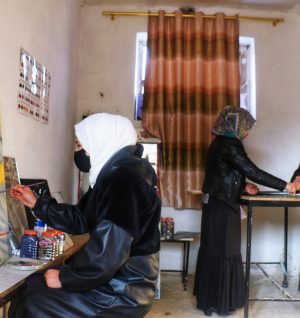
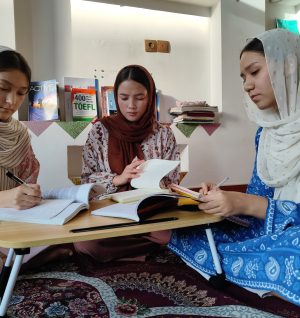
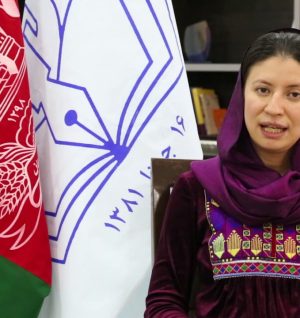
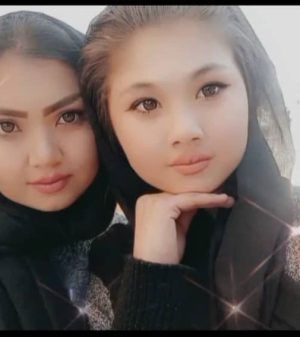
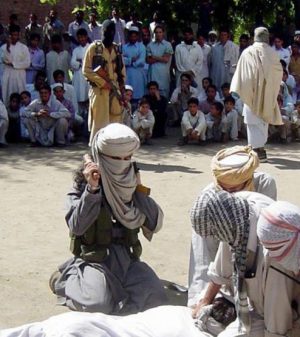
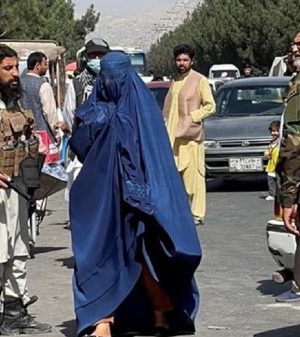
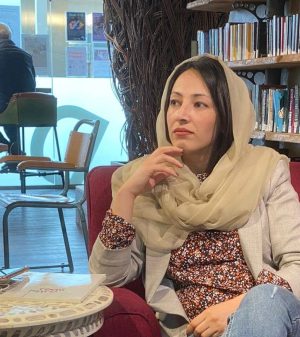
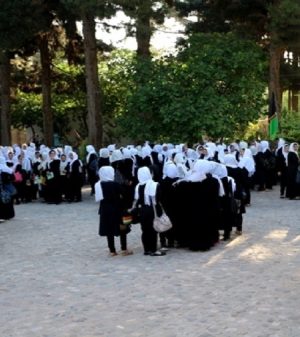
Add Comment